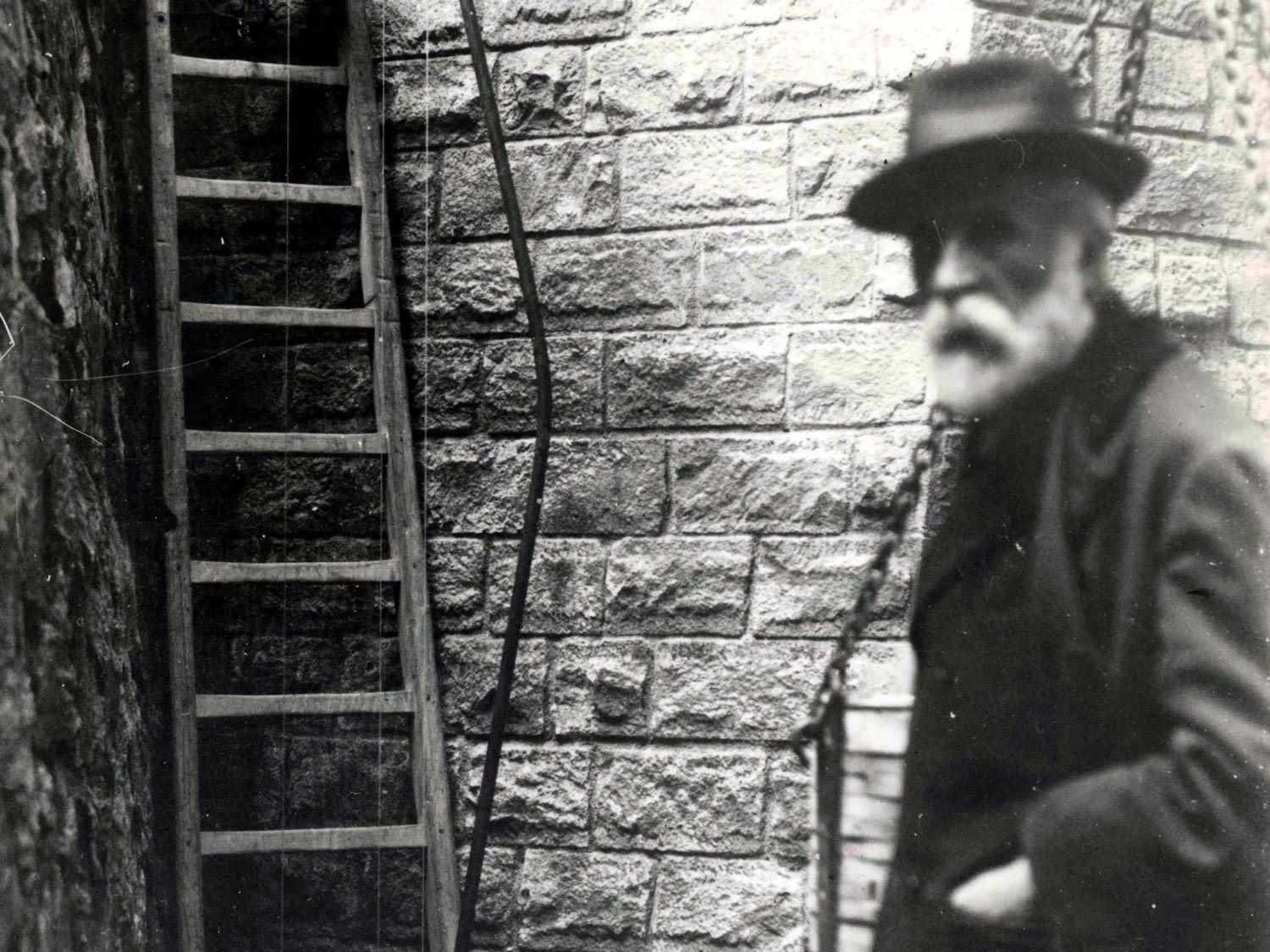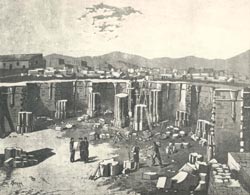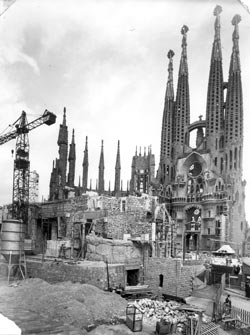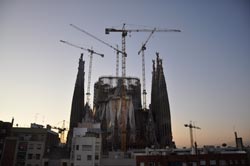The Sagrada Família in Barcelona
Barcelona has always been considered as a melting pot of cultures and religions, a place of intermixing and integration, with the roots reaching far back into the history of the Occident.
People who live here and people who used to live here: Iberians, Romans, Catholics, Cathars, Muslims, Jews … Legend has it that the Holy Grail as described in Wolfram von Eschenbach's Parzival is located in the mountains of Montserrat (Montsalvat). Today, Catalonia and its urban centre of Barcelona have an independent status within Spain, and its identity of a “historical autonomous community” is of great importance to its inhabitants. So it is a place where western history is deeply rooted, but which has also kept adapting, transforming and renewing itself over the years. This is where the foundations were laid for the “Temple Expiatori de la Sagrada Família” on 19 March 1882, the name day of Saint Joseph. The competent diocesan architect supervised the construction work until the crypt capitals were built. Soon there were disagreements with the building manager, so the architect handed the project back after only one year.
It came as a surprise when, on November 3, 1883, a young architect was appointed as the new site manager: Antoni Gaudí. In the first few years, work progressed well. In subsequent years, however, and particularly during World War I, delays kept occurring because of lacking funds. Occasionally, work even came to a standstill. From the outset, Gaudí had suggested a ground plan in the form of a Latin cross. Following his predilection for symbolism, he attached great importance to structural and decorative elements which were to confer a symbolic value to the church. Thus the entire surface of the birth façade, for instance, is adorned with countless sculptures and decorative elements. Amidst religious motifs, there are plants, animals and abstract forms, as well as contemporary sculptures, for example an anarchist holding a bomb.
At Antoni Gaudí’s death in 1926, the site management was entrusted to his student and long-term assistant Domènech Sugranyes, who continued working on the building for ten more years, until anarchists destroyed the workshop of the late Gaudí in 1936, after the outbreak of the Spanish civil war. Original sketches and architectural drawings went up in flames. Plaster models were smashed to smithereens. In despair, Sugranyes resigned and died a short while later, from grief, according to Conxita and Ramon Sugranyes, his children advanced in years.
Work on the Sagrada Família came to a complete standstill.
It was only in 1954 that work on the Sagrada was resumed. In 1976, one year after General Franco's death, the four new towers of the Passion Façade were inaugurated. Today building work and developments continue at unprecedented speed. The cathedral's interior, which is almost complete by now, was consecrated by Pope Benedict XVI on November 7, 2010.
Together with the still growing and proliferating outside building site the Sagrada Família attracts some three million visitors a year from around the world, because the mysterious process of creation and of something in the making seems to be almost within reach and physically tangible. The film leads from the crypt via the birth and passion façades to the unfinished glory façade, an immensely huge, empty white wall which is open for projects of all sorts. Then the film leads further up, to a building site at a dizzying height, where five cranes are installed on the nave to tackle another six of a total of eighteen towers. One of them, the Tower of Jesus Christ, is supposed to reach a height of 170 m and thus become the world's highest steeple. The site management estimates that it will be completed by 2026, in celebration of the hundredth anniversary of Antoni Gaudí's death.




